Home>Technology>Smart Home Devices>How To Secure My Wi-Fi Router
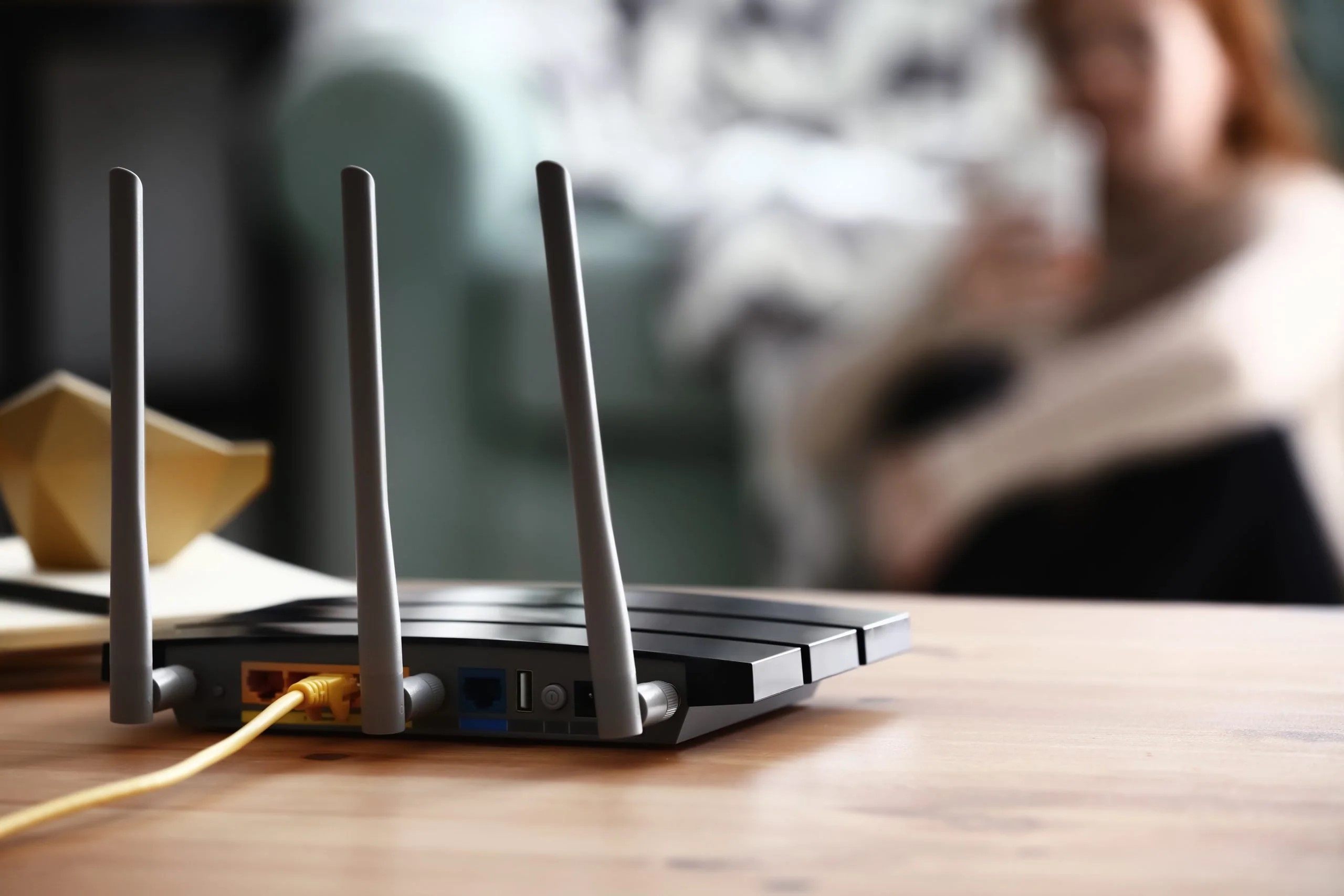

Smart Home Devices
How To Secure My Wi-Fi Router
Modified: January 9, 2024
Learn how to secure your Wi-Fi router for smart home devices. Follow these tips to protect your network and keep your devices safe from cyber threats.
(Many of the links in this article redirect to a specific reviewed product. Your purchase of these products through affiliate links helps to generate commission for Storables.com, at no extra cost. Learn more)
**
Introduction
**
In the age of smart homes and connected devices, Wi-Fi routers serve as the cornerstone of our digital lives. From streaming entertainment to managing smart home devices, the reliance on a stable and secure Wi-Fi connection has become paramount. However, ensuring the security of your Wi-Fi network is often overlooked, leaving it vulnerable to potential threats. This article aims to provide practical insights into securing your Wi-Fi router, safeguarding your network from unauthorized access and potential cyber threats.
As we delve into the realm of Wi-Fi security, it's essential to understand the potential risks associated with an unsecured network. From unauthorized access to data breaches, the implications of a compromised Wi-Fi network can be far-reaching. By implementing the recommended security measures, you can fortify your Wi-Fi router and enjoy a safer and more reliable online experience.
Throughout this guide, we will explore various facets of Wi-Fi security, including changing default router login credentials, enabling WPA2 encryption, updating router firmware, setting up a guest network, using a strong network password, and disabling WPS. By incorporating these measures, you can significantly enhance the security of your Wi-Fi network and mitigate the potential risks associated with cyber threats.
Let's embark on this journey to fortify your Wi-Fi router and create a secure digital environment for all your connected devices. Whether you're a tech enthusiast or a casual user, the insights shared in this article will empower you to take proactive steps in securing your Wi-Fi network. So, let's dive in and unravel the best practices for securing your Wi-Fi router in today's interconnected world.
Key Takeaways:
- Protect Your Wi-Fi Router
Securing your Wi-Fi router is crucial to safeguard against unauthorized access and potential cyber threats. Change default login credentials, enable WPA2 encryption, update firmware, and use strong passwords to fortify your network. - Create a Guest Network
Setting up a guest network provides a secure way for visitors to access the internet without compromising your main network. This segregation enhances security and privacy for all users, fostering a safer digital environment.
Read more: How To Connect My Wi-Fi Router
Understanding Wi-Fi Security
Before delving into the specific measures for securing your Wi-Fi router, it’s crucial to grasp the fundamentals of Wi-Fi security. A Wi-Fi network, if left unsecured, is susceptible to unauthorized access, data interception, and potential cyber attacks. Understanding the vulnerabilities of an unsecured Wi-Fi network is the first step toward implementing robust security measures.
One of the primary risks of an unsecured Wi-Fi network is unauthorized access. Without adequate security protocols in place, anyone within the range of your Wi-Fi signal can potentially connect to your network, leading to unauthorized usage and potential security breaches. Moreover, unsecured Wi-Fi networks are vulnerable to eavesdropping, where malicious actors can intercept and monitor the data transmitted over the network, compromising sensitive information.
Another critical aspect of Wi-Fi security is the potential for cyber attacks, such as man-in-the-middle attacks and network exploitation. In a man-in-the-middle attack, a malicious actor intercepts communication between two parties, allowing them to eavesdrop on sensitive information or manipulate the data being transmitted. Additionally, unsecured Wi-Fi networks can be exploited by cybercriminals to gain unauthorized access to connected devices, potentially compromising personal and financial data.
By comprehending these risks, you can appreciate the importance of fortifying your Wi-Fi router with robust security measures. Securing your Wi-Fi network not only protects your personal data and privacy but also safeguards against potential cyber threats that could compromise the integrity of your connected devices.
As we proceed, we will explore actionable steps to enhance the security of your Wi-Fi router, empowering you to create a secure digital environment for all your connected devices. By implementing these measures, you can mitigate the risks associated with unsecured Wi-Fi networks and enjoy a safer and more resilient online experience.
Changing the Default Router Login Credentials
When setting up a new Wi-Fi router, it often comes with default login credentials, such as a default username and password. These default credentials are widely known and can pose a significant security risk if left unchanged. Malicious actors can exploit these defaults to gain unauthorized access to your router’s settings, potentially compromising your entire network.
To mitigate this risk, it is imperative to change the default router login credentials as soon as you set up your Wi-Fi router. This simple yet crucial step can significantly enhance the security of your network. When changing the login credentials, ensure that you choose a strong and unique password that is not easily guessable. Utilize a combination of uppercase and lowercase letters, numbers, and special characters to create a robust password that is resistant to brute-force attacks.
By changing the default login credentials, you fortify the first line of defense for your Wi-Fi router, making it more challenging for unauthorized individuals to gain access to its administrative settings. This proactive measure adds an essential layer of security to your network, reducing the risk of unauthorized tampering with your router’s configuration.
Moreover, it is advisable to change the default username, if possible, to further obscure potential entry points for unauthorized access. By customizing both the username and password, you bolster the overall security posture of your Wi-Fi router, mitigating the inherent vulnerabilities associated with default credentials.
As we continue our journey to secure your Wi-Fi router, changing the default login credentials serves as a foundational step in fortifying your network against potential security threats. By proactively addressing this aspect of Wi-Fi security, you establish a more resilient defense against unauthorized access and potential exploitation of your router’s settings.
Enabling WPA2 Encryption
Wi-Fi Protected Access 2 (WPA2) encryption plays a pivotal role in securing your wireless network from unauthorized access and data interception. By enabling WPA2 encryption on your Wi-Fi router, you establish a robust cryptographic defense that safeguards the confidentiality and integrity of data transmitted over the network.
WPA2 encryption replaces the vulnerable Wired Equivalent Privacy (WEP) and the initial version of WPA, addressing their security shortcomings and offering a more resilient encryption standard. When WPA2 encryption is enabled, all data transmitted between your devices and the Wi-Fi router is encrypted, making it significantly more challenging for unauthorized parties to intercept and decipher the information.
To enable WPA2 encryption, access your router’s administrative interface through a web browser and navigate to the wireless security settings. From there, select WPA2 as the preferred encryption method and configure a strong passphrase or pre-shared key (PSK) to authenticate devices connecting to the network. The passphrase serves as the shared secret that grants access to the encrypted network, and it is essential to choose a complex and unique passphrase to bolster the security of your Wi-Fi network.
By enabling WPA2 encryption with a robust passphrase, you create a secure communication channel between your devices and the Wi-Fi router, mitigating the risk of unauthorized access and data interception. This encryption standard acts as a formidable barrier against potential cyber threats, enhancing the overall security posture of your wireless network.
As we prioritize the security of your Wi-Fi router, enabling WPA2 encryption stands as a crucial measure to fortify your network against potential vulnerabilities. By implementing this encryption standard, you elevate the confidentiality and integrity of your wireless communications, fostering a safer and more secure digital environment for all your connected devices.
Updating Router Firmware
Router firmware serves as the operating system of your Wi-Fi router, providing the underlying functionality and security features that govern its operation. Keeping your router’s firmware up to date is essential for maintaining optimal performance and addressing potential security vulnerabilities that may exist in earlier versions.
Manufacturers regularly release firmware updates to address security flaws, enhance performance, and introduce new features. By updating your router’s firmware, you ensure that it remains fortified against emerging threats and exploits that could compromise the security of your network.
To update your router’s firmware, access the administrative interface of the router through a web browser and navigate to the firmware update section. Check for the latest firmware version available for your router model on the manufacturer’s official website and follow the provided instructions to initiate the update process. It is crucial to download firmware updates only from trusted sources, such as the manufacturer’s official website, to avoid potential security risks associated with unauthorized firmware modifications.
By proactively updating your router’s firmware, you fortify its defenses against known security vulnerabilities, ensuring that it remains resilient in the face of potential cyber threats. This proactive measure not only enhances the security of your Wi-Fi router but also contributes to the overall stability and performance of your network infrastructure.
As we emphasize the security of your Wi-Fi router, staying vigilant about firmware updates is paramount in mitigating potential security risks and maintaining a robust defense against cyber threats. By incorporating this best practice into your network management routine, you bolster the security and reliability of your Wi-Fi router, fostering a safer digital environment for all your connected devices.
Change the default admin password on your Wi-Fi router to a strong, unique password to prevent unauthorized access to your network.
Read more: How To Update My Wi-Fi Router
Setting Up a Guest Network
Introducing a guest network on your Wi-Fi router offers a valuable layer of security and privacy for both your primary network and your guests’ devices. A guest network provides a segregated Wi-Fi network that allows visitors to access the internet without compromising the security of your primary network or gaining access to sensitive devices and data.
When setting up a guest network, you create a distinct Wi-Fi network with its own network name (SSID) and password, isolating it from your primary network. This segregation prevents guests from accessing shared files, printers, or other devices connected to your primary network, enhancing the overall security posture of your home or office network.
Furthermore, guest networks often come with features that allow you to set usage time limits, restrict access to specific websites, and monitor the devices connected to the network. These capabilities offer additional control and security measures, enabling you to manage guest access in a secure and responsible manner.
By providing a separate guest network, you safeguard your primary network from potential security risks that may arise from unauthorized guest access. This segregation also ensures that your guests can enjoy internet connectivity without compromising your network’s integrity, fostering a secure and welcoming digital environment for all users.
As we prioritize the security and privacy of your Wi-Fi router, setting up a guest network emerges as a proactive measure to protect your primary network while accommodating the connectivity needs of your visitors. By implementing this best practice, you establish a more resilient and secure network infrastructure, promoting a safer and more controlled digital environment for all users.
Using a Strong Network Password
The significance of a strong network password cannot be overstated when it comes to fortifying the security of your Wi-Fi router. A robust network password serves as a critical line of defense against unauthorized access and potential security breaches, significantly enhancing the resilience of your wireless network.
When setting a password for your Wi-Fi network, it is essential to create a strong and unique passphrase that is challenging for malicious actors to decipher. A strong network password typically comprises a combination of uppercase and lowercase letters, numbers, and special characters, making it resistant to brute-force attacks and unauthorized intrusion.
It is advisable to avoid using easily guessable passwords, such as common words, phrases, or sequences of numbers, as they are susceptible to exploitation by automated password-cracking tools. Instead, opt for a passphrase that is memorable to you but difficult for others to guess, further bolstering the security of your Wi-Fi network.
Regularly updating your network password and refraining from sharing it indiscriminately are also crucial practices in maintaining the security of your Wi-Fi router. By periodically changing your network password, you mitigate the risk of unauthorized access and ensure that your network remains fortified against potential security threats.
By adhering to best practices for creating and managing a strong network password, you establish a formidable barrier against unauthorized access and potential security breaches, fostering a more secure and resilient wireless network environment for all your connected devices.
As we emphasize the security of your Wi-Fi router, leveraging a strong network password emerges as a foundational measure in fortifying your network against potential vulnerabilities. By implementing this best practice, you elevate the security posture of your wireless network, promoting a safer and more secure digital environment for all users.
Disabling WPS
Wi-Fi Protected Setup (WPS) was introduced as a convenient method for quickly connecting devices to a wireless network. However, WPS has inherent security vulnerabilities that can be exploited by malicious actors to gain unauthorized access to your Wi-Fi network. Disabling WPS on your router is a crucial step in fortifying the security of your wireless network and mitigating potential security risks.
WPS utilizes a PIN or a push-button configuration to facilitate the connection of devices to a Wi-Fi network. However, the PIN-based method is susceptible to brute-force attacks, where malicious entities attempt to guess the PIN and gain unauthorized access to the network. Additionally, the push-button configuration, while convenient, can potentially allow unauthorized devices to connect to the network if the WPS feature is not properly secured.
By disabling WPS on your router, you eliminate these security vulnerabilities and prevent potential unauthorized access to your Wi-Fi network. Access your router’s administrative interface through a web browser and navigate to the WPS settings to disable this feature. Once disabled, devices will no longer be able to utilize WPS to connect to your network, reducing the risk of exploitation of WPS-related vulnerabilities.
As we prioritize the security of your Wi-Fi router, disabling WPS stands as a critical measure in mitigating potential security risks and fortifying the integrity of your wireless network. By implementing this best practice, you create a more resilient and secure network environment, safeguarding your connected devices from unauthorized access and potential exploitation of WPS-related vulnerabilities.
Conclusion
Securing your Wi-Fi router is paramount in today’s interconnected world, where the reliance on wireless connectivity extends to a myriad of devices and digital interactions. By implementing the recommended security measures, you can fortify your Wi-Fi network, mitigate potential security risks, and create a safer and more resilient digital environment for all your connected devices.
Throughout this comprehensive guide, we have explored various facets of Wi-Fi security, encompassing essential practices to safeguard your Wi-Fi router and network. From changing default router login credentials to enabling WPA2 encryption, updating router firmware, setting up a guest network, using a strong network password, and disabling WPS, each measure contributes to the overall security posture of your wireless network.
By understanding the vulnerabilities of an unsecured Wi-Fi network and proactively addressing them, you empower yourself to take control of your network’s security and privacy. The risks associated with unauthorized access, data interception, and potential cyber attacks can be significantly mitigated by adhering to best practices and staying vigilant about the security of your Wi-Fi router.
As you embark on the journey to fortify your Wi-Fi router, it is important to remain proactive and mindful of emerging security threats and vulnerabilities. Regularly updating your network’s security settings, staying informed about firmware updates, and maintaining strong network passwords are ongoing practices that contribute to the resilience and security of your wireless network.
Ultimately, the security of your Wi-Fi router directly impacts the safety and privacy of your digital interactions, personal data, and connected devices. By prioritizing Wi-Fi security and implementing the insights shared in this guide, you establish a more secure and reliable digital environment, fostering peace of mind and confidence in the integrity of your wireless network.
As technology continues to evolve, so do the methods and tools employed by cybercriminals. Staying informed about emerging security trends and best practices is essential in safeguarding your Wi-Fi router and network. By remaining proactive and adaptive in your approach to Wi-Fi security, you can stay ahead of potential threats and enjoy a safer and more secure online experience.
In conclusion, securing your Wi-Fi router is not merely a precautionary measure; it is a proactive step toward safeguarding your digital lifestyle and maintaining control over your network’s security and privacy. By incorporating the insights shared in this guide into your network management routine, you fortify your Wi-Fi router and create a secure digital environment for all your connected devices, promoting a safer and more resilient online experience.
Frequently Asked Questions about How To Secure My Wi-Fi Router
Was this page helpful?
At Storables.com, we guarantee accurate and reliable information. Our content, validated by Expert Board Contributors, is crafted following stringent Editorial Policies. We're committed to providing you with well-researched, expert-backed insights for all your informational needs.
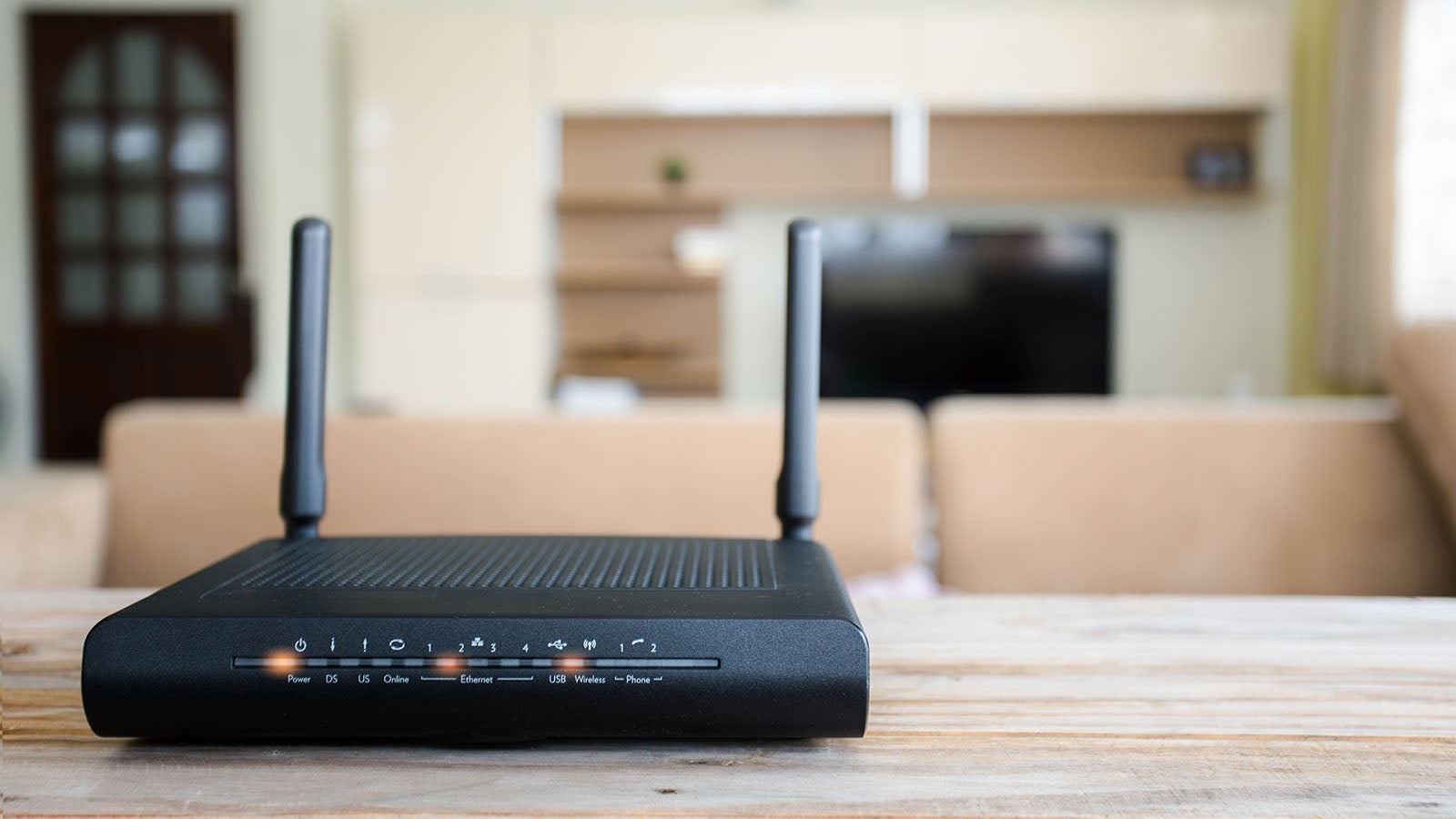
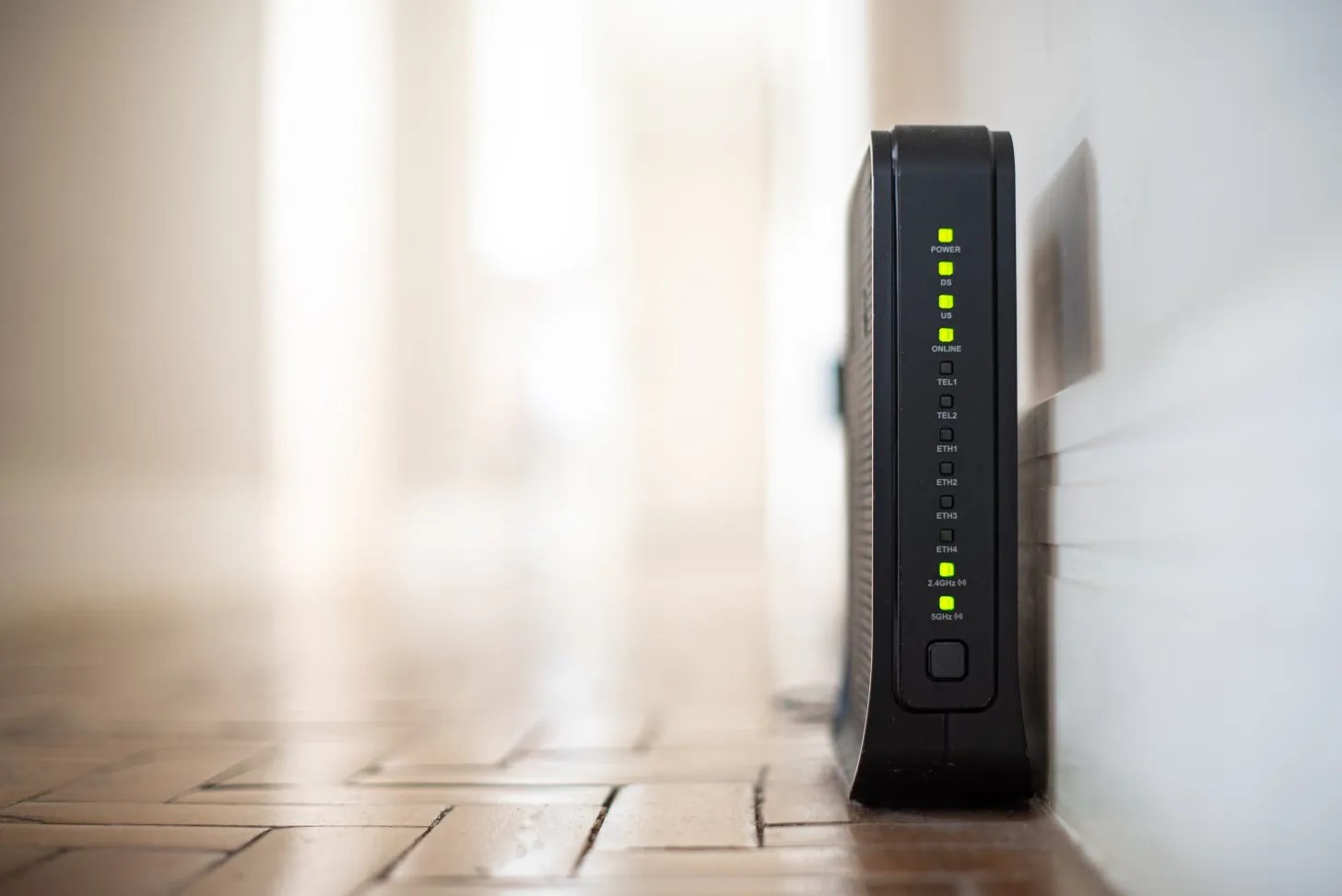
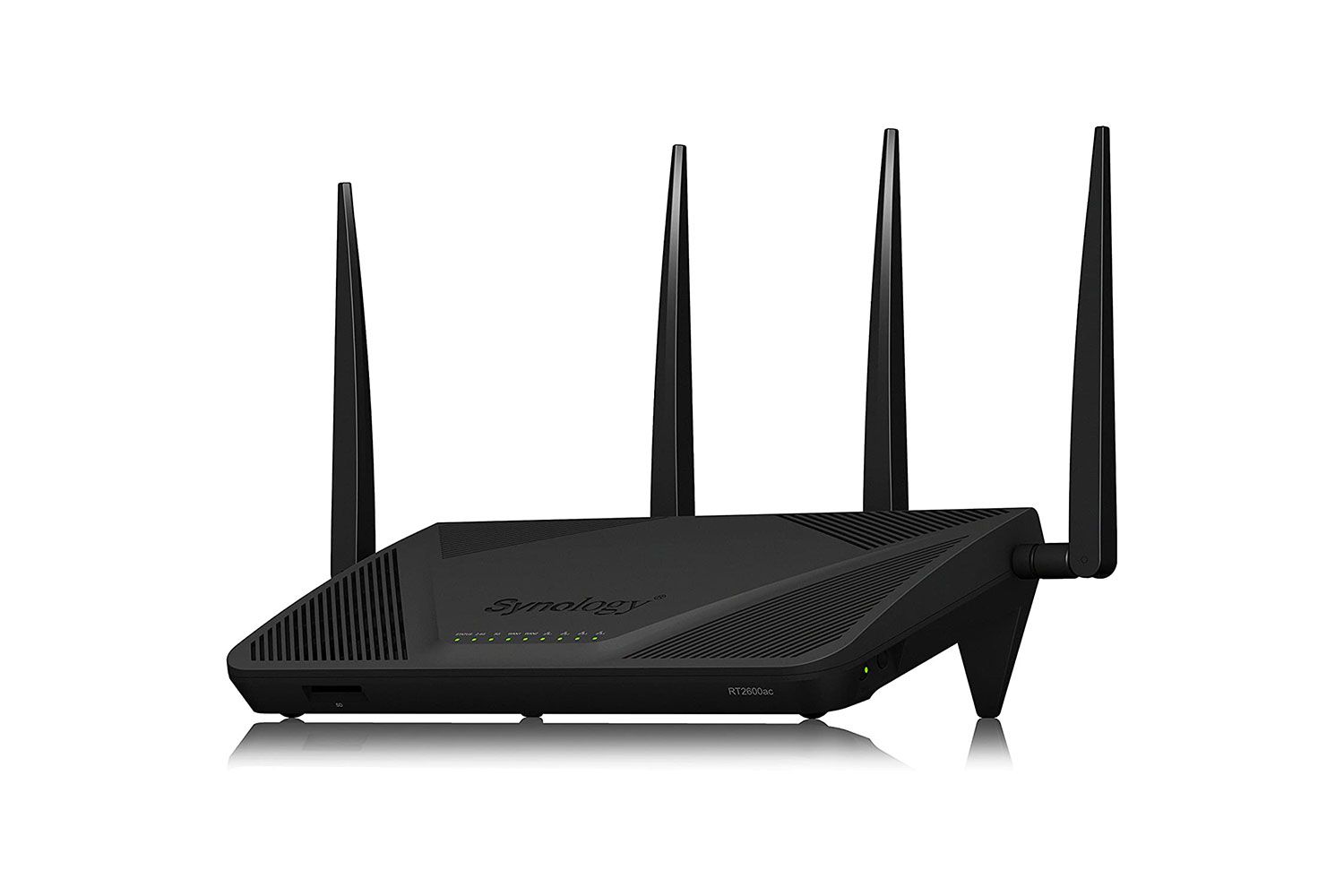
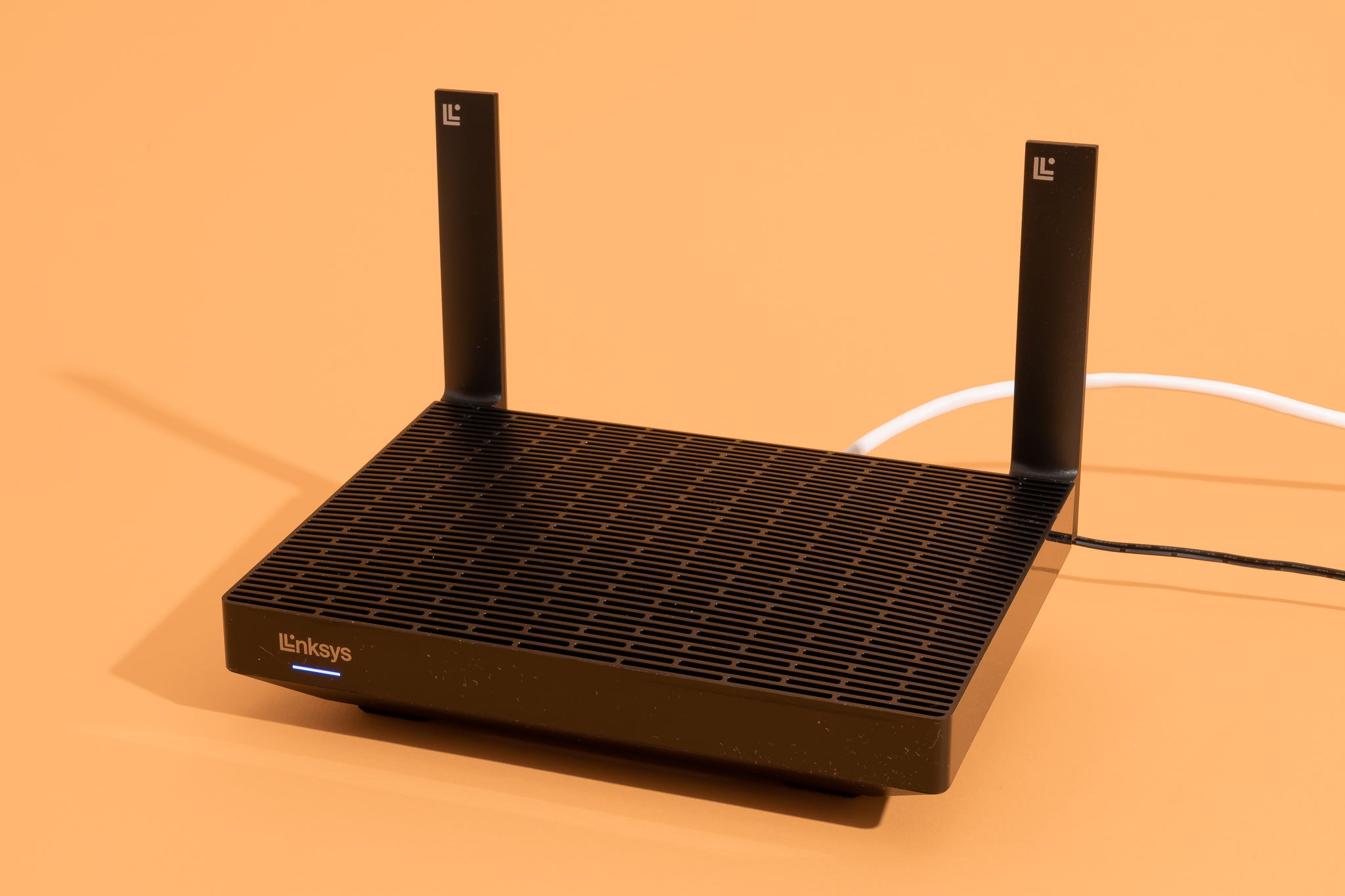


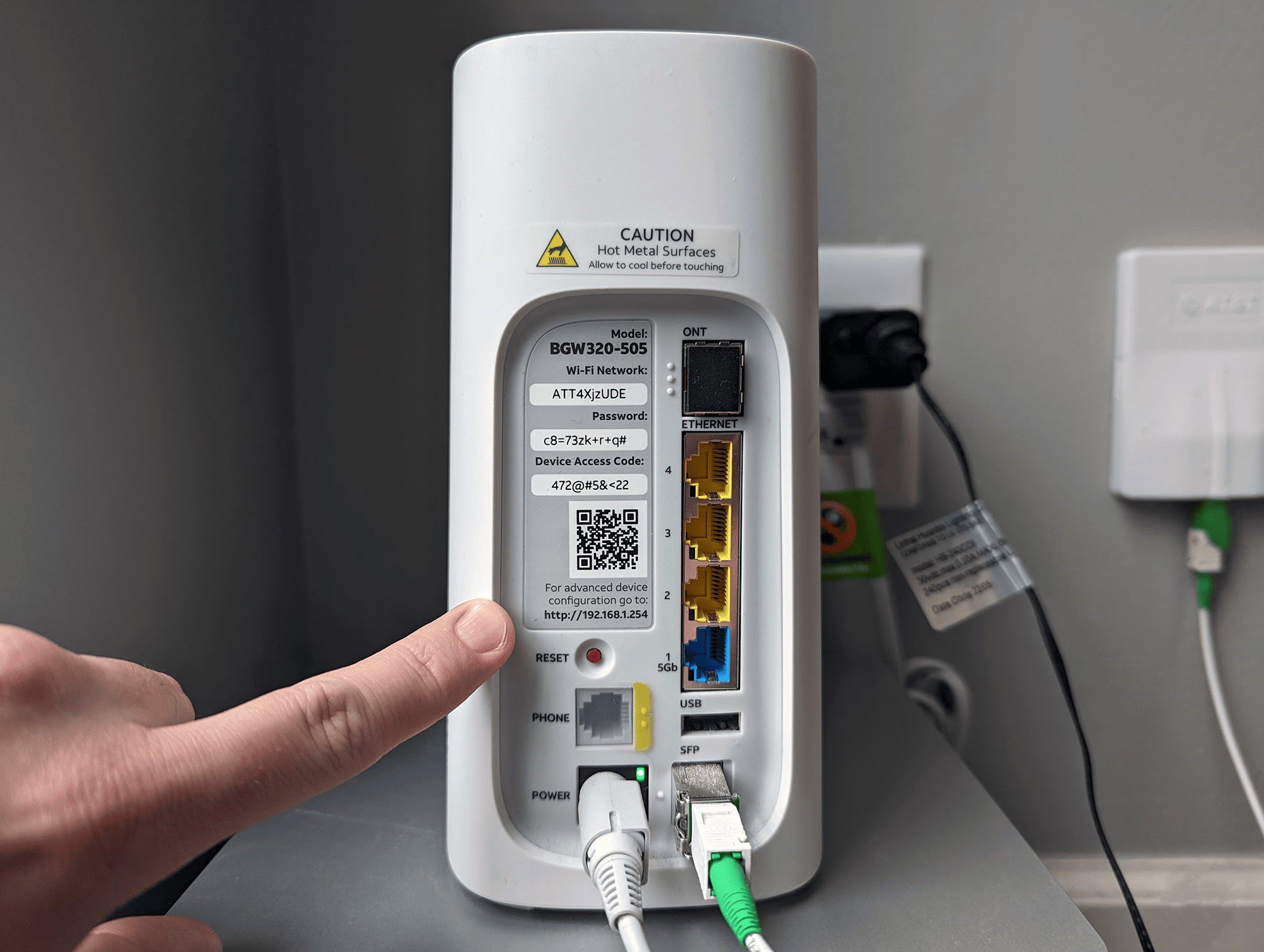

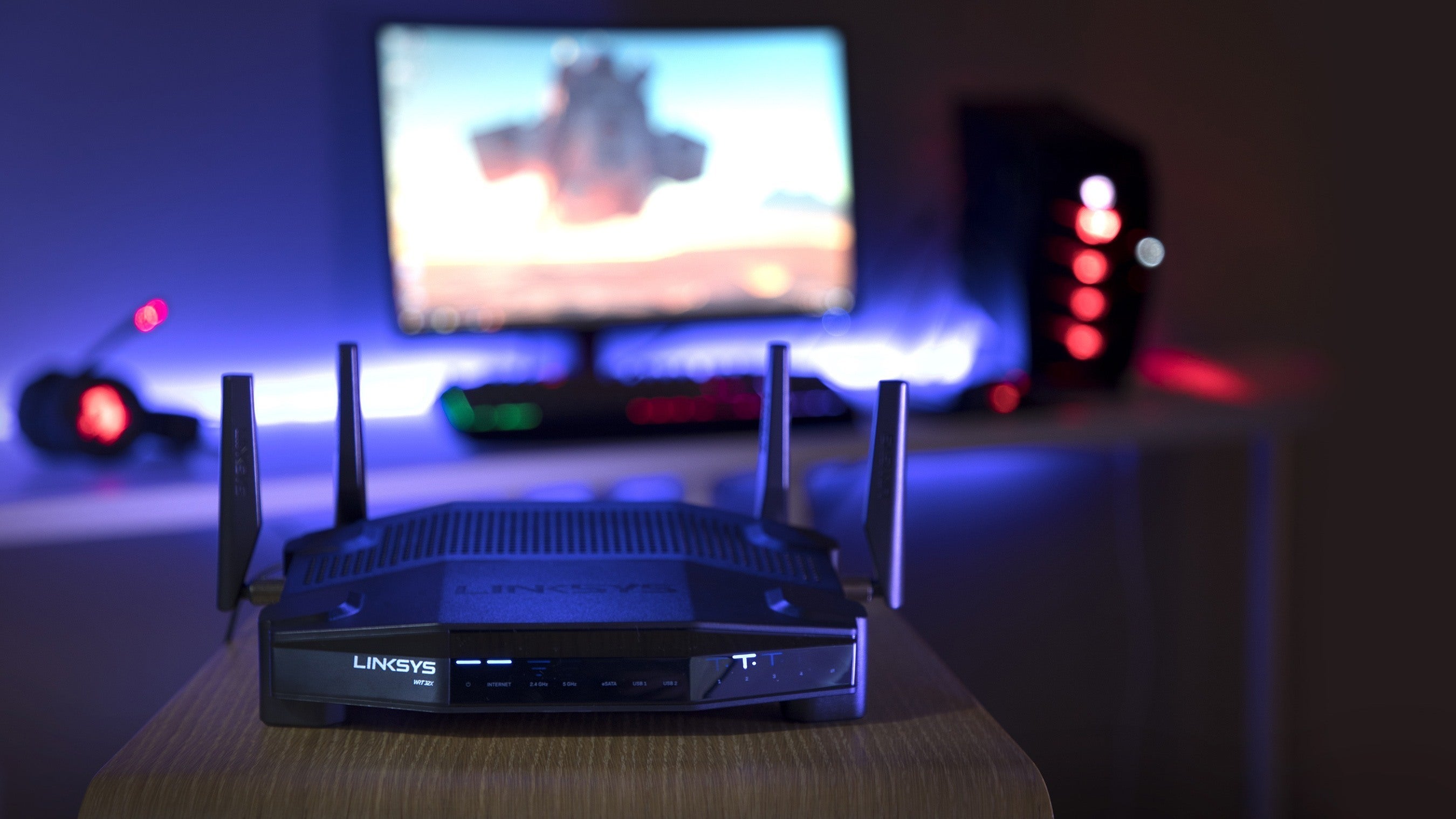
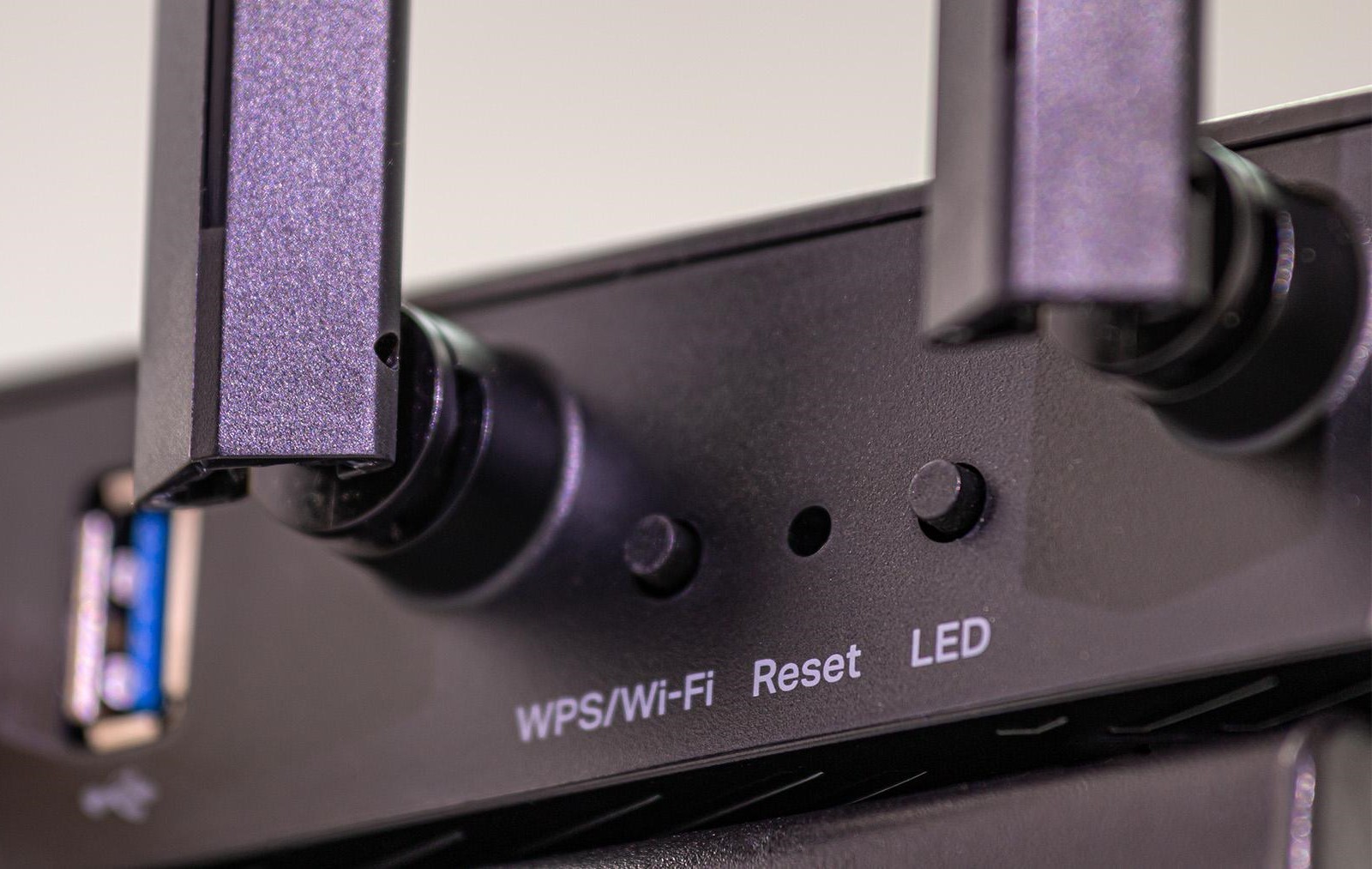
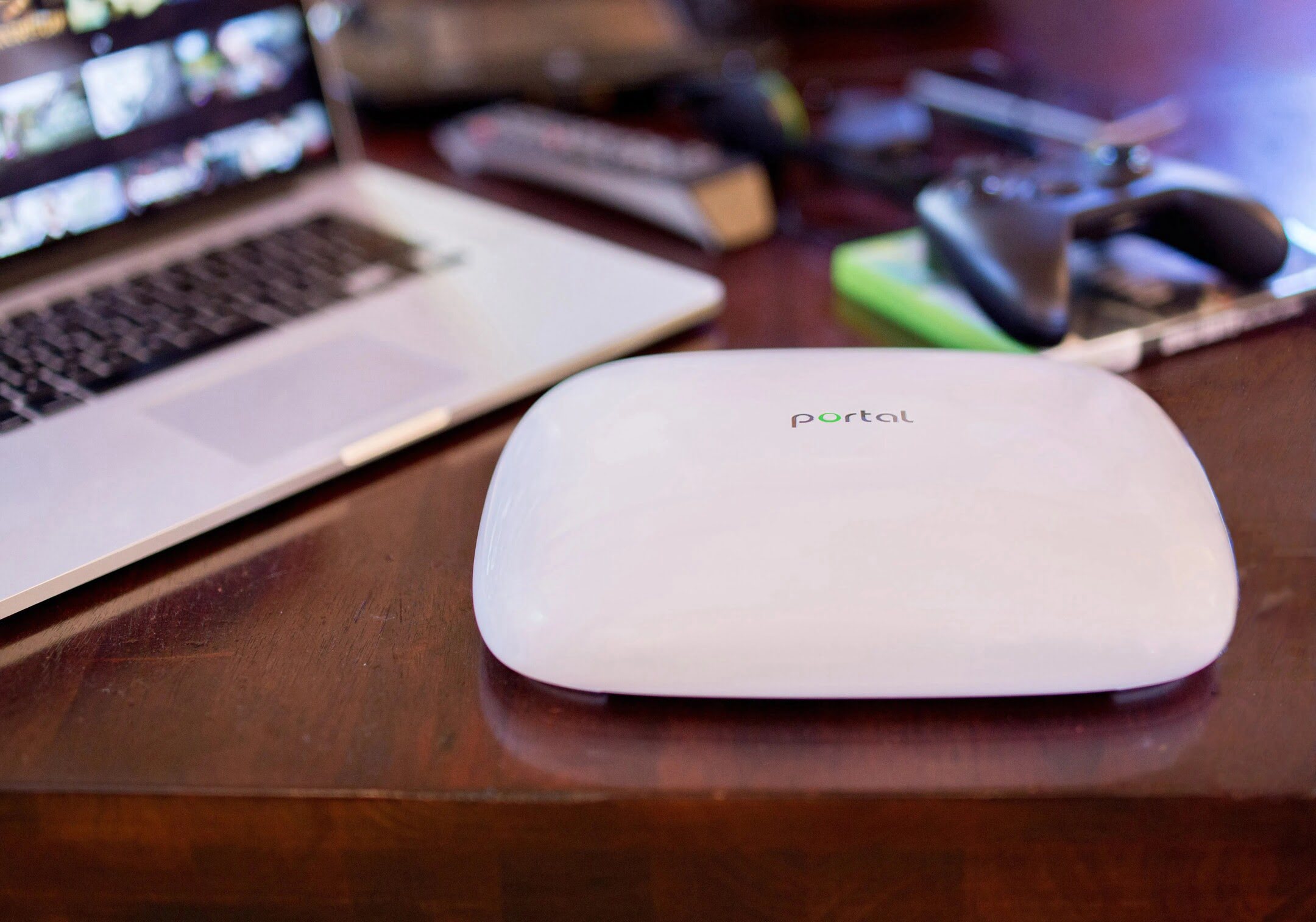
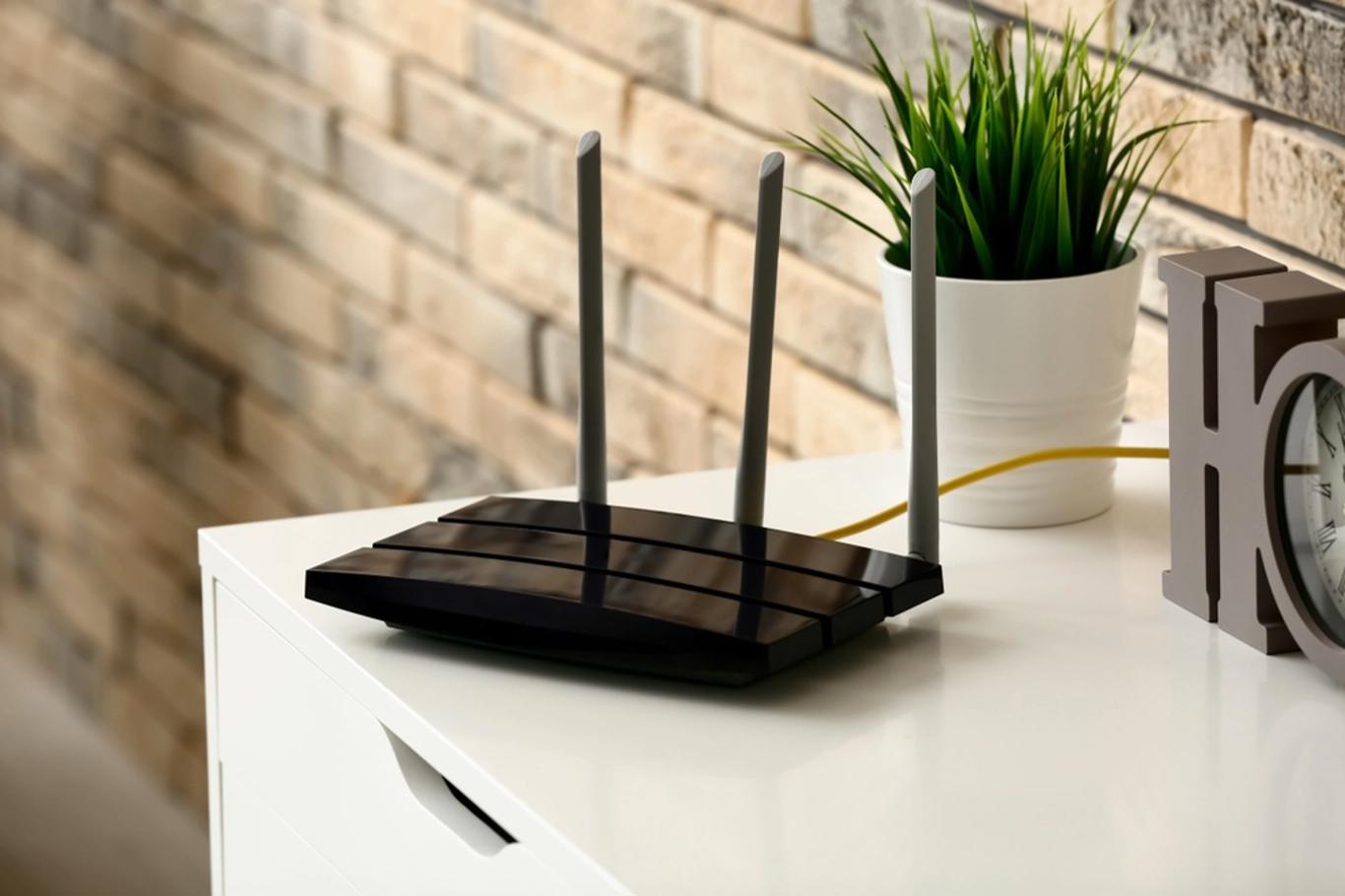
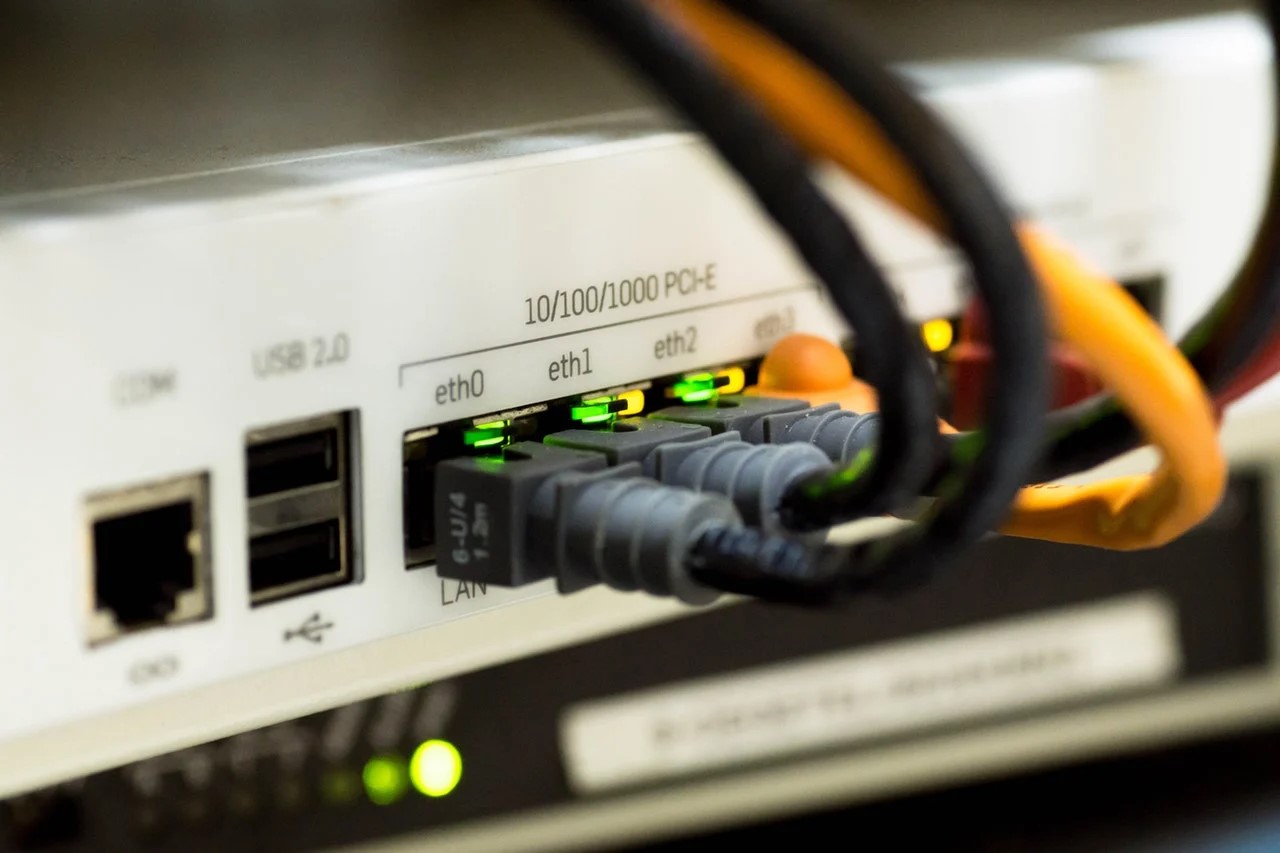
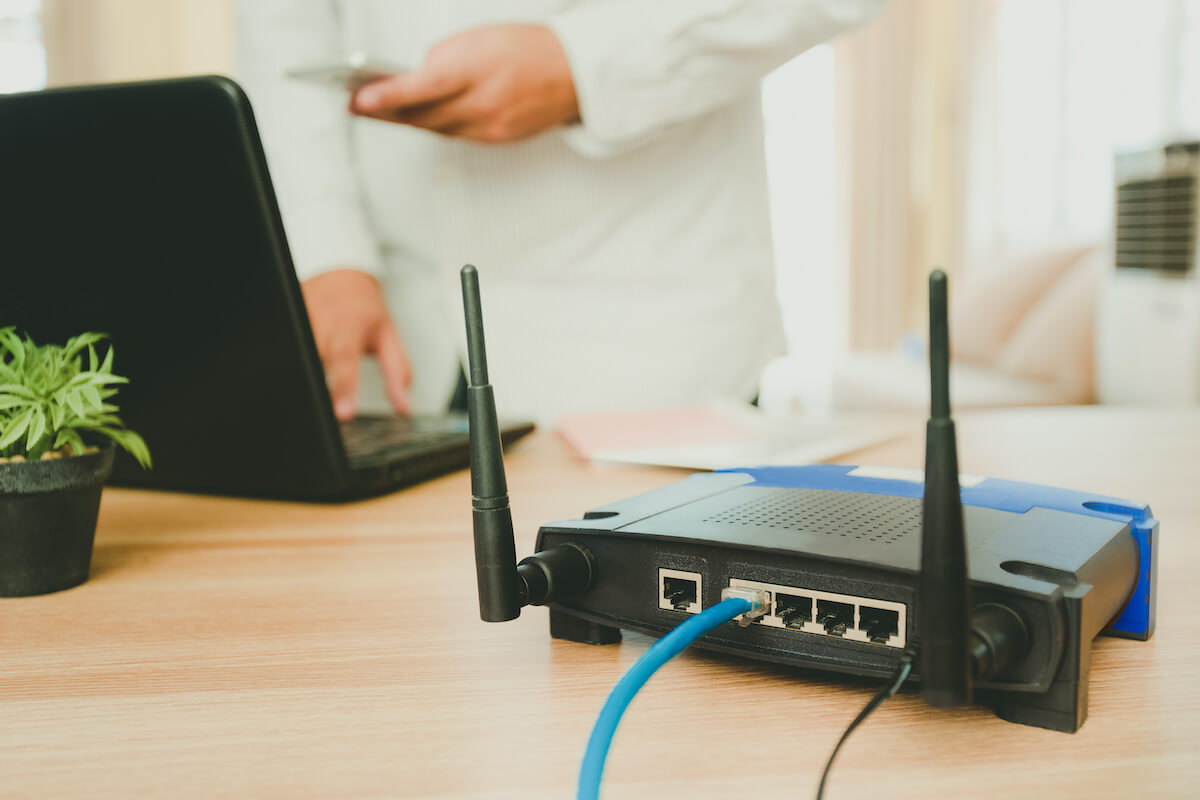

0 thoughts on “How To Secure My Wi-Fi Router”